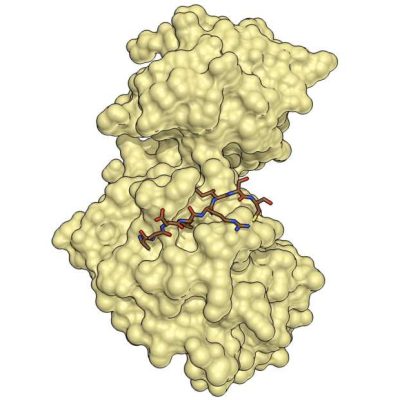Scientists have developed a method to break down per- and polyfluoroalkyl substances (PFAS), which were previously considered indestructible. PFAS are oil and water repellent and resistant to other chemicals and high temperatures, making them useful in products such as firefighting foam. However, their persistence in the environment and accumulation in humans have been linked to health problems such as reproductive organ changes, asthma, and cancer. The United States Environmental Protection Agency (EPA) has presented initial approaches to destroying these resilient molecules by breaking their typical carbon-fluorine bonds with heat. In an experiment, the researchers heated PFAS-contaminated water with oxidizing agents and then heated the liquid at a pressure of 220 bar to 374 degrees Celsius, creating a supercritical state where chemical processes occur faster and water-repellent substances like PFAS dissolve. The “supercritical water oxidation” technique destroyed 99 percent of the PFAS.
PFAS have been a concern due to their persistence in the environment and potential health risks. However, scientists have now developed a method to break down these substances, which were previously considered indestructible. PFAS are used in many products, including firefighting foam, due to their oil and water repellent properties and resistance to other chemicals and high temperatures. The EPA has presented initial approaches to destroying these resilient molecules by breaking their typical carbon-fluorine bonds with heat. In an experiment, the researchers heated PFAS-contaminated water with oxidizing agents and then heated the liquid at a pressure of 220 bar to 374 degrees Celsius, creating a supercritical state where chemical processes occur faster and water-repellent substances like PFAS dissolve. The “supercritical water oxidation” technique destroyed 99 percent of the PFAS. This new method could be a significant step in reducing the accumulation of PFAS in the environment and human bodies, potentially reducing health risks associated with these substances.










